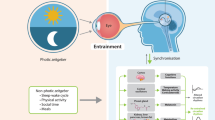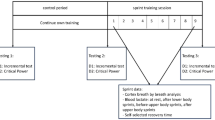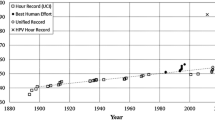Abstract
This paper carries out analysis of cosmonauts’ +G x tolerance on the stage of ballistic or automatically controlled descent of Soyuz space vehicles after missions to the International Space Station of varying duration. As compared with automatically controlled descents, tolerance of descent re-entry + G x following short (8–14 days) missions was marked by reliably more frequent instances of visual disorders, difficult breathing, sensation of a lump in the throat, and vestibulo-autonomic disorders (p < 0.05). The ballistic but not controlled re-entry after long-term missions provoked visual disorders, difficulties with breathing and speech, and vestibulo-autonomic disorders more often (p < 0.05). A considerable HR rise at the ballistic rather than control descent was associated with re-entry and main parachute re-hooking for symmetrical suspension; respiration rate was the highest during parachuting. On the whole, these factual data infer that the ballistic descent after various periods in spaceflight microgravity, especially after extended space missions (164–169 days), led to a dramatic loss in the body functional reserves.
Similar content being viewed by others
References
Beregovoi, G.T., Yaropolov, V.I., Baranetskii, I.I., et al., Spravochnik po bezopasnosti kosmicheskikh poletov (Spaceflight Security Handbook), Moscow, 1989.
Glantz, S.A., Primer of Biostatistics, Mcgraw-Hill, 1999.
Kotovskaya, A.R. and Vartbaronov, R.A., Long Linear Acceleration, in Kosmicheskaya biologiya i meditsina. Sovm. ros.-amer. izd. v 5 t (Space Biology and Medicine: Joint Russian–American Edition in Five Volumes), Gazenko, O.G., Grigor’ev, A.I., Nikogosyan, A.E., and Moler, S.R., Eds., Moscow, 1997. vol. 3, book 2, p. 10.
Kotovskaya, A.R. and Vil’-Vil’yams, I.F., Cosmonauts’ tolerance to +Gx-loads, in Orbital’naya stantsiya “Mir.” Kosmicheskaya biologiya i meditsina. Meditsinskoe obespechenie dlitel’nykh poletov (Mir Space Station. Space Biology and Medicine. Medical Support of Extended Flights), Moscow, 2001, vol. 1, p. 500.
Lisov, I., Anxious landing, Novost. Kosmonavt., 2008, no. 6, p. 15.
Lyndin, V., Manned flights MKS-15 and MKS-16. October 2007, Novost. Kosmonavt., 2007, no. 12, p. 10.
Lyndin V., Manned flight MKS-16. April 2008, Novost. Kosmonavt., 2008, no. 6, p. 12.
Lyndin, V., Manned flight MKS-17. May 2008, Novost. Kosmonavt., 2008, no. 7, p. 22.
Mirovaya pilotiruemaya kosmonavtika (World Manned Cosmonautics), Moscow, 2005.
Rebrova, O.Yu., Statisticheskii analiz meditsinskikh dannykh. Primenenie paketa prikladnykh programm Statistica (Statistical Analysis of Medical Data. Use of Application Package Statistica), Moscow, 2006.
Author information
Authors and Affiliations
Corresponding author
Additional information
Original Russian Text © M.I. Koloteva, T.M. Glebova, L.V. Voitulevich, 2013, published in Aviakosmicheskaya i Ekologicheskaya Meditsina, 2013, Vol. 47, No. 3, pp. 3–9.
Rights and permissions
About this article
Cite this article
Koloteva, M.I., Glebova, T.M. & Voitulevich, L.V. Cosmonauts’ tolerance of the chest-back G-loads during ballistic and automatically controlled descents of space vehicles. Hum Physiol 41, 712–718 (2015). https://doi.org/10.1134/S0362119715070051
Received:
Published:
Issue Date:
DOI: https://doi.org/10.1134/S0362119715070051




